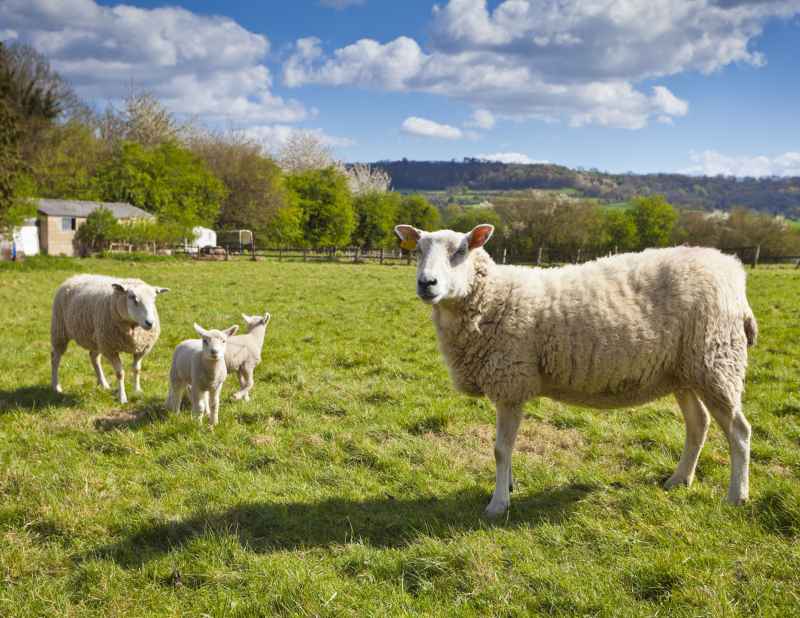
Farmers will be able to more accurately age sheep after a vote by a Committee that allows Member States greater clarity on sheep going into the food chain.
The Standing Committee on Plants, Animals, Food and Feed (SCoPAFF) vote result was revealed yesterday afternoon (1 Feb).
The National Farmers' Union (NFU) says it will pave the way for the UK government to allow farmers, market operators and abattoir owners to use a cut-off date rather than have the additional burden of checking the teeth of sheep to determine whether it is over 12 months old.
The method of checking teeth for permanent incisor eruption has in the past been criticised for being "costly and inaccurate" by the sheep industry.
Instead, using a cut-off date will indicate whether the carcass needs to be split to remove the spinal cord, which is required by the regulation.
EU regulation requires the removal of Specified Risk Material (SRM) from the carcases of sheep slaughtered for human consumption.
SRM is defined as those tissues which might potentially harbour detectable Transmissible Spongiform Encephalopathy (TSE), and which cannot be passed for human food.
'Accurate and streamlined'
The Commission proposal that was voted seeks to relax the current SRM controls sheep as the skull, including the brain and eyes, and the spinal cord of animals aged over 12 months.
This would mean that the spleen, ileum and tonsils would no longer be regarded as SRM and could therefore go into the food/feed chain.
Evidence provided by the NFU, and subsequent work calling for a simplification of the system for the livestock industry, demonstrates how the use of a set date provides an "accurate and streamlined" approach in aging procedures for the entire supply chain.
An FSA report on this topic released in 2010 stated: “Aging by dentition check is an imprecise process as the first incisor can erupt at any point between 9 and 15 months of age.”
'Long overdue'
NFU national livestock board chairman Charles Sercombe said farmers are "thrilled" to see the UK Government supporting the Commission on this issue.
“The NFU has been persistent in highlighting the importance of clearer and simpler way of aging lambs,” Mr Sercombe explained.
“Livestock farmers know well that checking teeth has never been the most efficient or accurate way of determining the animals age. This flexibility is long overdue so I’m extremely pleased that we finally have a common-sense approach.”
Mr Sercombe said that part of the evidence the NFU supplied showed that sheep splitting unnecessarily can devalue a carcass by as much as 40%.
He added: “We look forward to working with Defra, the FSA and the supply chain to ensure we implement these changes as quickly as possible. There is no reason why we can’t see the cut-off date of 31 May being applied from 2018.”
